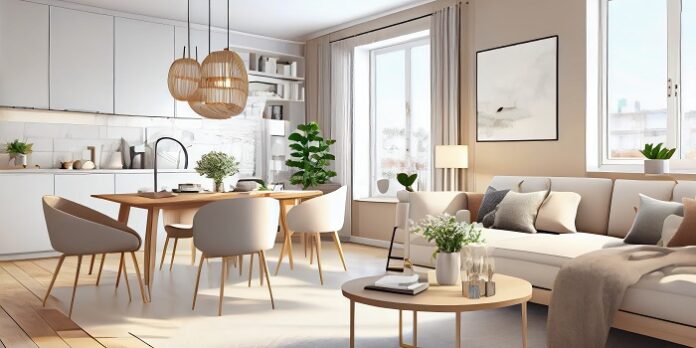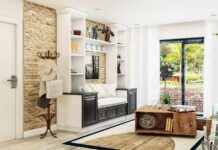Even the smallest elements can make a considerable difference in interior design. One detail often overlooked is furniture edge banding, which can improve the visual and functional qualities of your home décor. Whether you are renovating the old furniture or designing new ones, abs edging is a multi-functional solution that can improve your furniture’s looks and durability. This guide will look into edge banding in furniture, its advantages, application materials, ways, and creative opportunities.
Understanding Furniture Edge Banding
The Edge furniture banding aims to cover and protect the exposed edges of components like plywood, particle board and MDF (Medium-Density Fiberboard). It entails putting a narrow strip of material along the edges to give the area a neat appearance and, at the same time, protect it from moisture, chipping, and general wear.
Benefits of Edge Banding
- Enhanced Aesthetics: Edge banding makes furniture look smooth and shiny and hides ugly edges, thus making it look unified. It provides different materials, colours, and finishes that suit your decoration style.
- Protection: Covering up raw edges and edge banding protects the furniture from damage due to dampness, impacts, and normal use. This extends the life of your furniture, thus making them stronger and more resilient.
- Versatility: Variety in the choice of edge banding materials is seen when it comes to wood veneer, PVC, ABS, and metal, which can provide a great deal of flexibility in terms of the appearance, texture, and use of the furniture piece.
- Cost-Effectiveness: Refurnishing furniture with edge banding usually is significantly cheaper than buying new furniture. It gives you a fresh look without spending a fortune.
Materials for Edge Banding
- Wood Veneer: The natural and quaint wood veneer edge tape is perfect for bold and rustic finishes, showing a classical or rustic effect. Many wood species, grains, and stains are available to match your furniture choice or to achieve contrast with each other.
- PVC (Polyvinyl Chloride): The popularity of PVC edge banding is fed by the main features, which include low cost, long life, and a large assortment of colours and patterns. It is moisture- and abrasion-resistant, offering an ideal counter and bath furniture surface.
- ABS (Acrylonitrile Butadiene Styrene): Abundant edge banding has all the features of PVCs and excellent resistance to impact, perfect for high-traffic or perhaps commercial areas. They come in unit slides, wood cracks and glossy effects.
- Metal: The shared grain metal edge is accentuated by the powder-coated or brushed finish that gives each piece a clean, industrial and modern touch, no matter how you surround it with wood or laminate surfaces. Besides being resilient, heat-proof, and ideal for kitchen/table tops, it is marvellous.
Application Techniques
- Hot Air Edge Banding: The method uses a hot air gun to activate the adhesive of the edge banding material, after which the material is pressed on the furniture edge using a roller or an edge banding machine. It guarantees tight adhesion and smooth finishing.
- Edge Banding Tape: Rolls of edge banding tape with a prev-applied adhesive backing are available easily without any specialized machinery. Cut the tape to size, tape the edge of the furniture with it and use a roller or edge trimmer to get your perfect smooth finish.
- Edge Banding Machine: These machines suit large-scale or professional applications, offering ultimate control over edge banding. The tools have adjustable temperature controls, pressure rollers, and trimming systems for best performance.
- Hand Application: Smaller projects or DIY fans can apply edge banding manually with a hot iron or edge banding trimmer. Though this method requires more patience and professionalism, in the right hands, it works wonders.
Conclusion
Edge banding for furniture is an easy and practical way to improve interior finishes, resistant properties, and functionality. Edge banding offers numerous creative opportunities to personalize and enhance your pieces, whether refinishing old furniture or creating entirely new furniture from scratch. Correct material, application technology and design elements will help you convert ordinary furniture into extraordinary masterpieces that show your unique style and character. Adopt the flexibility and adaptability of the edge banding to open new levels of beauty and functionality to your living environment.





